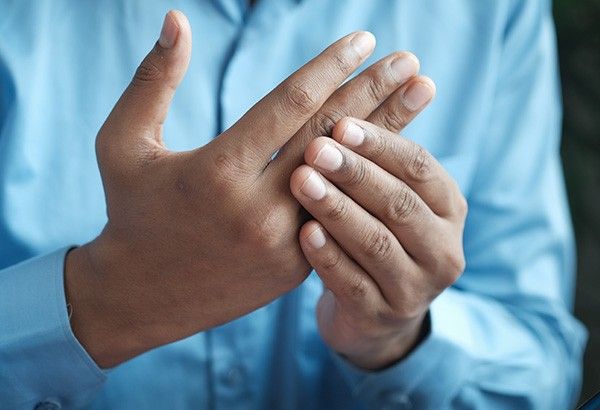Explainer: What is Avascular Necrosis or 'bone death'?

MANILA, Philippines — Actress Angelica Panganiban revealed late last year that she had Osteonecrosis, which was causing severe pain in her hips.
Angelica said she began experiencing symptoms while pregnant with her daughter Amila, who was born a year before the actress' health revelation.
The actress shared in a video earlier this month that she still has body pain, and that her hips, legs and back could only manage a maximum of a thousand steps per day.
Johns Hopkins Medicine defines Osteonecrosis as a disease resulting from temporary or permanent blood supply loss in any bone of the body. The disease is also known as Avascular Necrosis or "bone death."
Related: Explainer: What are COVID FLiRT variants?
A bone tissue dies when the blood supply is cut off so the bone collapses. When Osteonecrosis occurs near a joint, the joint surface may collapse.
Avascular Necrosis can be the result of injuries or fractures, damage to the blood vessels, excessive alchohol and medicine use, or specific chronic medical conditions.
The most common symptoms are joint pain, which could increase as the bone and joint start to collapse, and limited motion due to pain.
Beyond further injury, Osteonecrosis could lead to blood disorders, autoimmune disease, Caisson disease (decompression), pancreatitis, radiation treatment and chemotherapy.
RELATED: 'Drink, drink, drink': Doctor shares 3 tips to prevent kidney stones





















